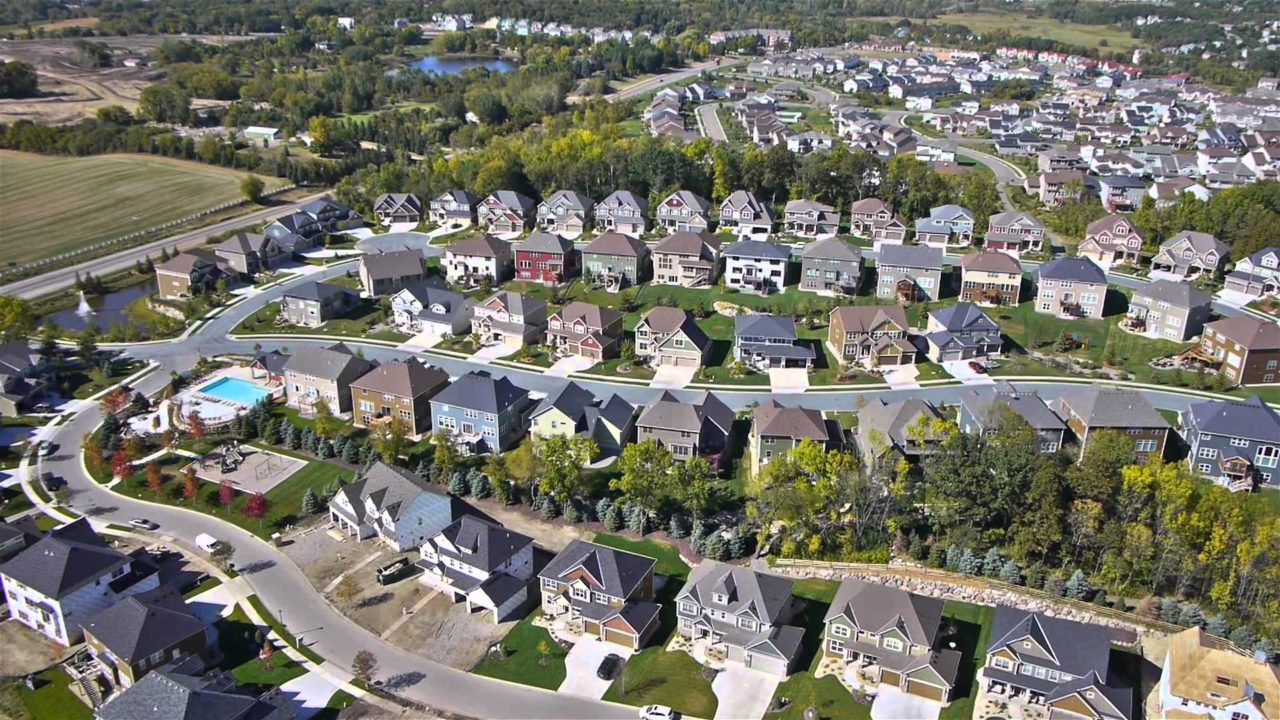Last year saw an array of ups and downs, not only in real estate, but the world. Whether in politics or the economy, 2016 was definitely a year for the books. All these national and international factors played a role in the housing market as well, as new trends started to emerge. Millennials became homebuyers, demand expanded despite low inventory, and home prices appreciated greatly. The 2017 housing market forecast reinforces many trends seen last year, and sets the stage for the new year.
Although many experts attempt to outline a 2017 housing market forecast, the reality is that everything is still up for grabs. Below are some things we expect to happen in the new year’s real estate market. The housing market forecast for 2017 should be taken with a grain of salt, and help you see how to move forward with your real estate plans this year.
Prices will continue to rise, but at a slower rate.
In 2016, home prices rose in every month, with most of the growth occurring in the second half of the year. Even though we saw a drop in home sales, due to low inventory and price appreciation, demand remains stronger than ever.
Factors that are playing into this include high consumer confidence levels, low unemployment rates nationwide, and increased number of homebuyers in the housing market. Despite the low inventory market, we’re expecting this 2017 housing market forecast to remain solid through the year.
Mortgage Rates will be Sporadic.
2016 Mortgage rates saw interesting patterns, guided by some of the major political events that occurred. The two most prominent included the Brexit, which saw a subsequent decline in mortgage rates, and the election of Donald Trump, which saw mortgage rates increase past 4%.
Experts claim that the volatility in mortgage rates will continue throughout the year. Estimates currently range from 3.75% to 4.6%, with a general consensus difficult to agree on. One thing that does remain clear, however, is that the Fed has implied that mortgage rates will see a few spikes throughout the year.
Home Supply will increase, but not enough to meet demand.
Perhaps the most prominent factor of the 2016 housing market was the low inventory levels, amid increasing homebuyer demand. This 2017 housing market forecast holds that housing supply will increase, but demand for homes will increase faster.
Although home builders are looking towards building new homes to fulfill this need, the likelihood is that they won’t build nearly the amount necessary to cover the ever-increasing demand.
More Millennials will look into homebuying and renting
One overlooked trend in the housing market last year was the impact of millennials. Now the largest workforce in the United States, the millennial generation is on the rise in the housing market.
Zillow currently reports that half of all homebuyers are under the age of 36. With continued economic instability, millennials will look for more affordable places to buy homes.
Millennials to Move to “Second-Tier” Cities.
This is a trend that started to emerge in 2016, and will certainly continue in the new year. With the competition and challenges that come with living in a first-tier city, millennials are starting to look at other options.
Places like Raleigh, NC and Austin, TX saw a massive growth in their local economies, spurring many millennials to alter course. As housing affordability decreases, we expect this to be one of the strongest 2017 housing market trends, as millennials work there way to less expensive and more stable regions.
Increased access to home loans.
In 2016, Fannie Mae and Freddie Mac announced to raise loan limits in 2017. The first raise of its kind since 2016, this move is expected to encourage and empower more prospective buyers to make their moves.
The loan limit will be raised to $424,100 for the majority of the country, while more expensive housing markets will have a limit of $636,150. Amidst all of the price appreciation and financial instability of many, this could help homebuyers find possible options in a low inventory market.
2017 will have the fastest housing market on record
Remember what we said about taking these 2017 housing market forecasts with a grain of salt? Well, this is one of those points. Although experts have yet to come to a consensus about whether this claim is true, the trends definitely show it to be a possibility.
In 2016, the average days on market for a home was roughly 52 days, down significantly from previous years. With trends continuing and gaining momentum, we could expect to see even faster home sales in the new year.

